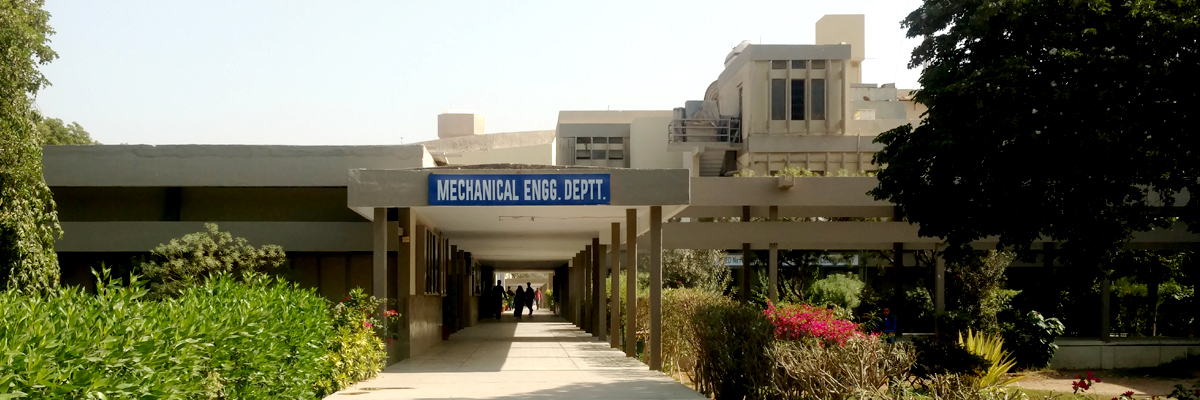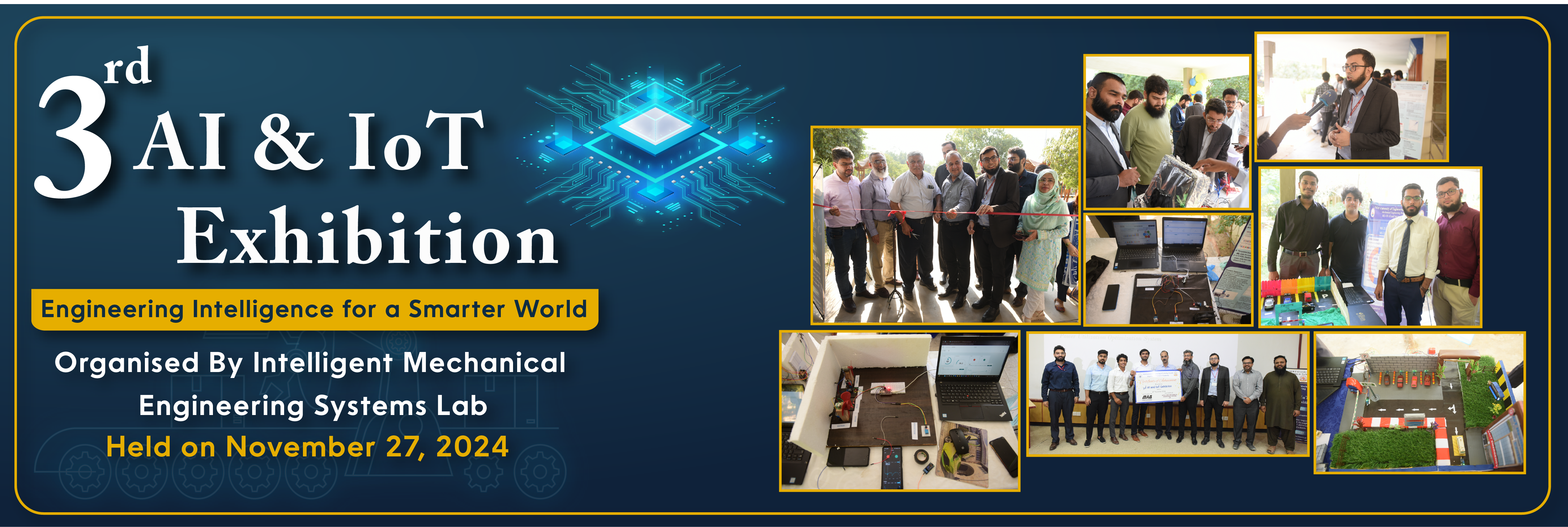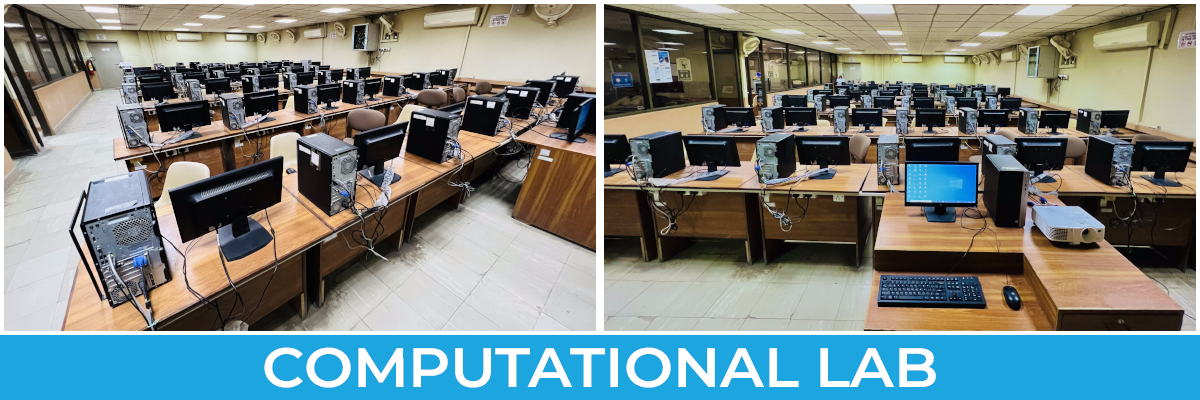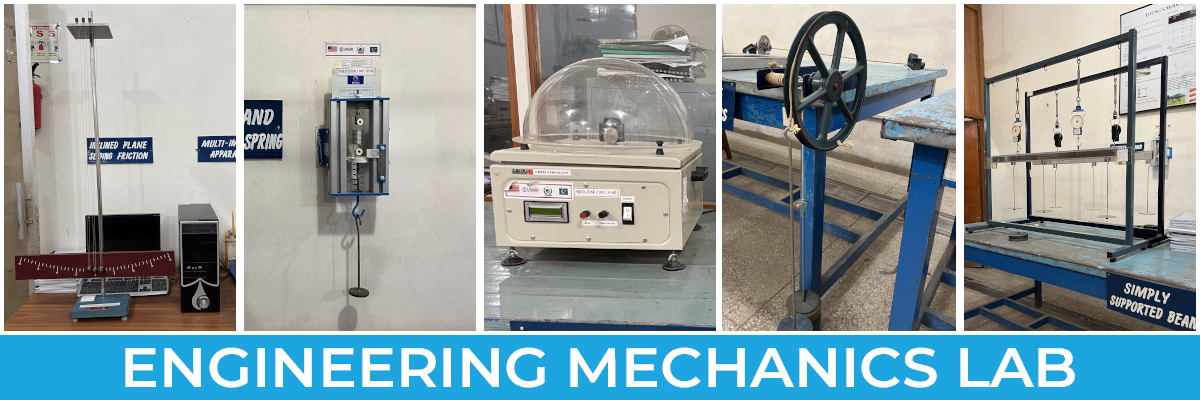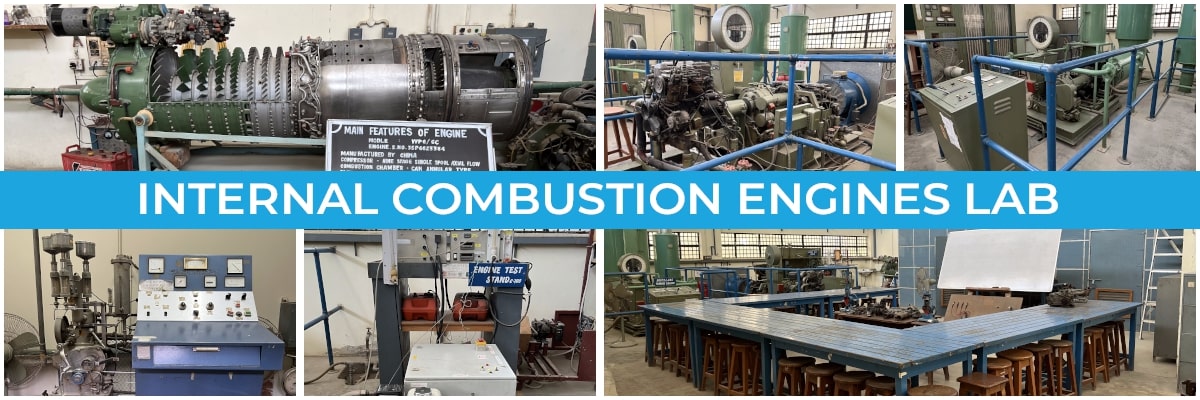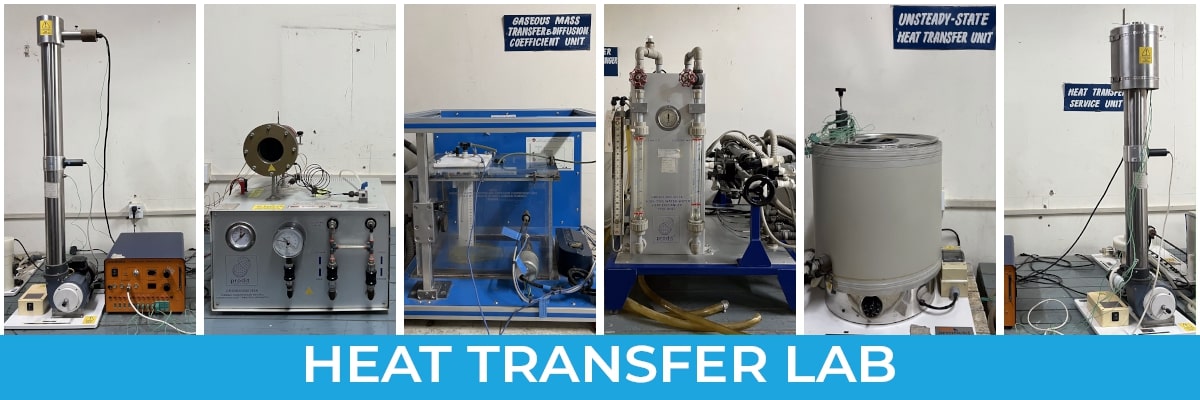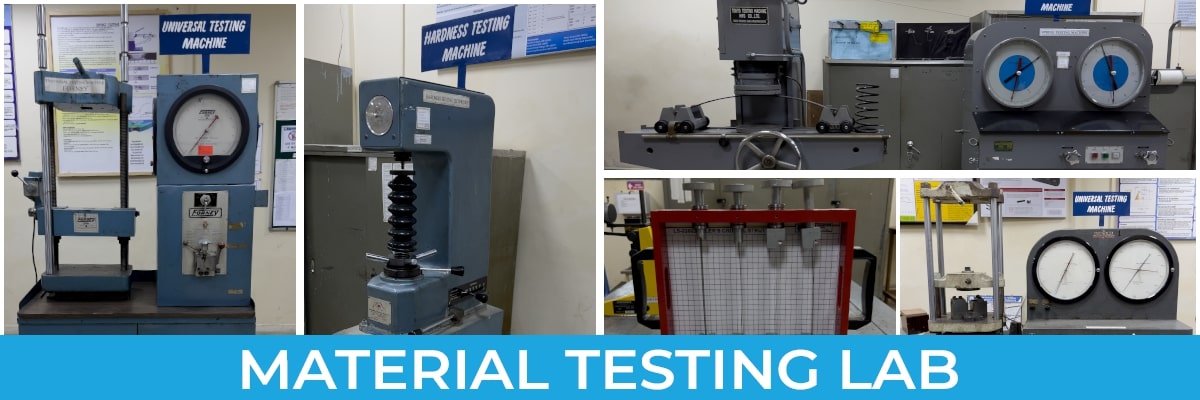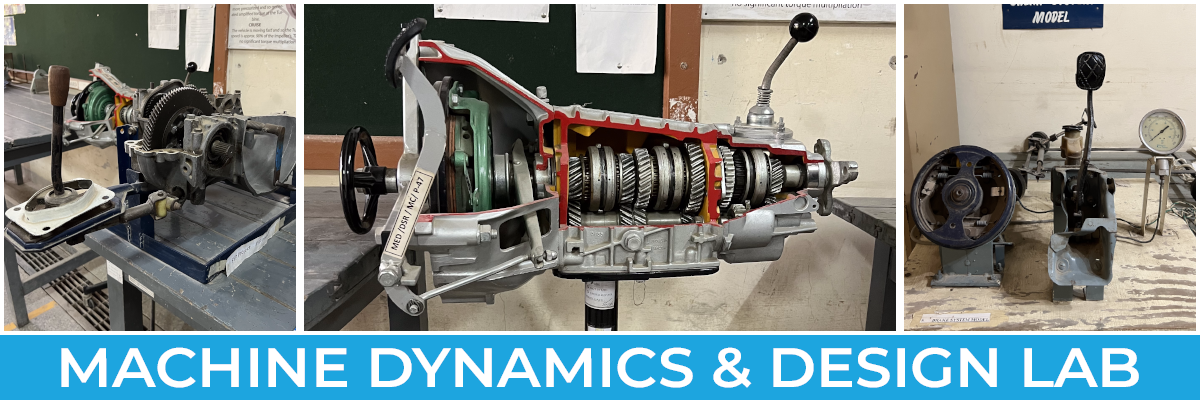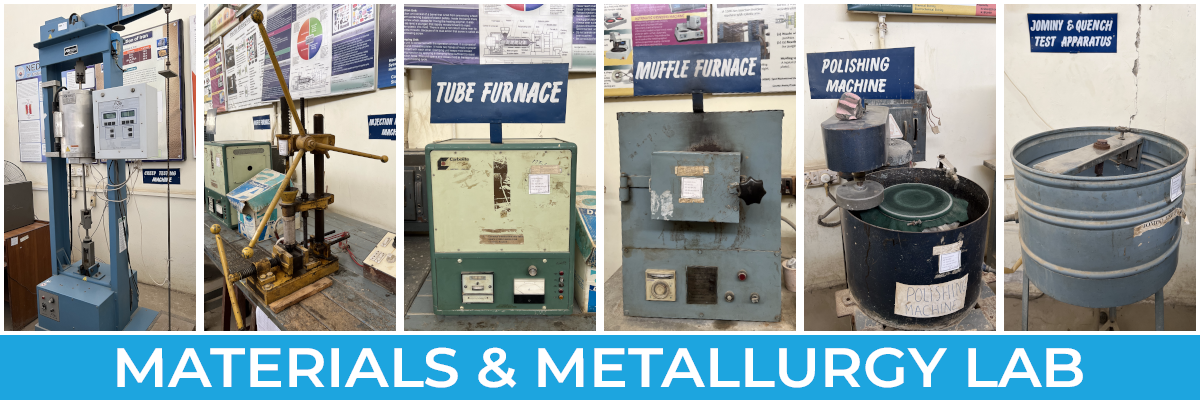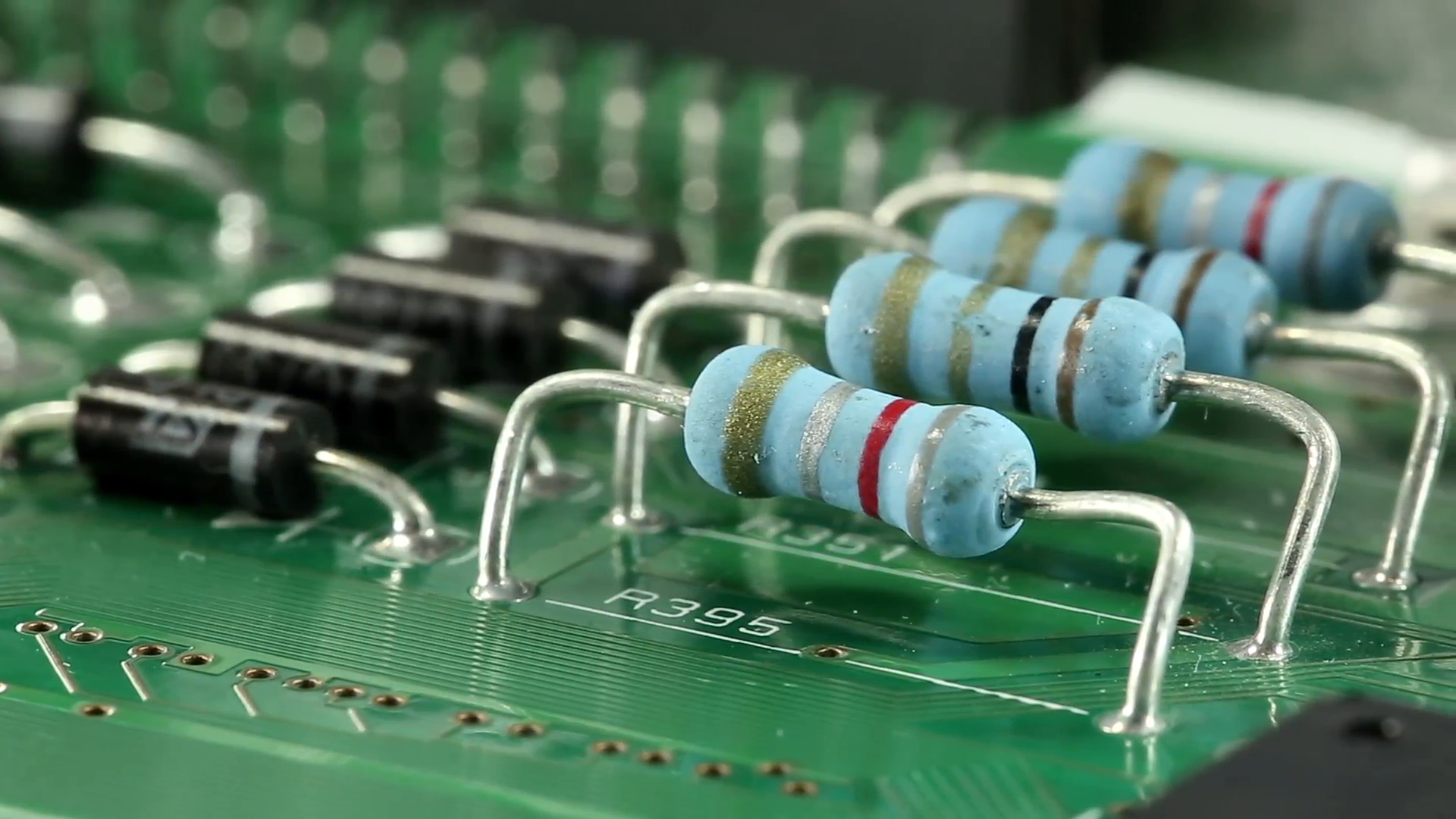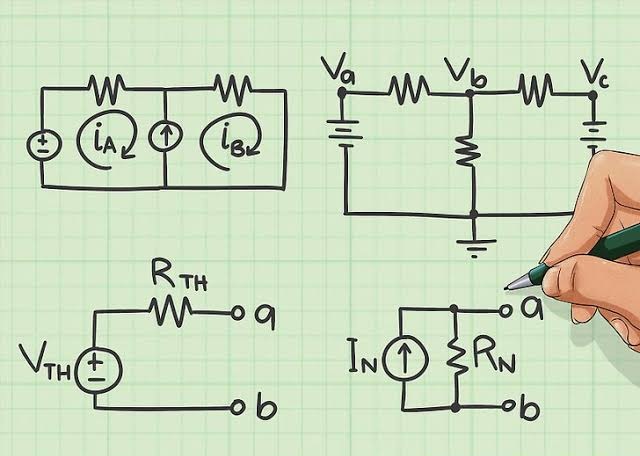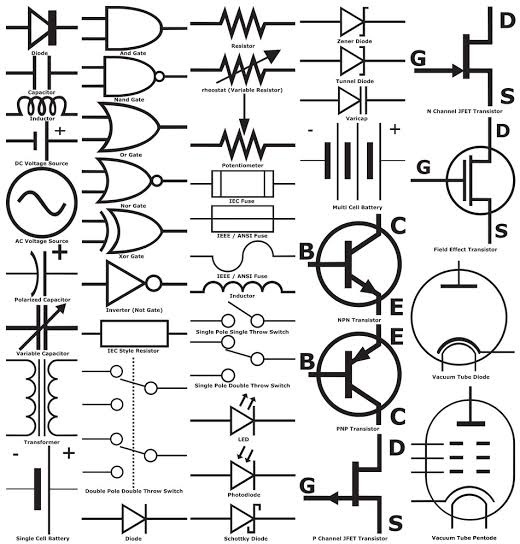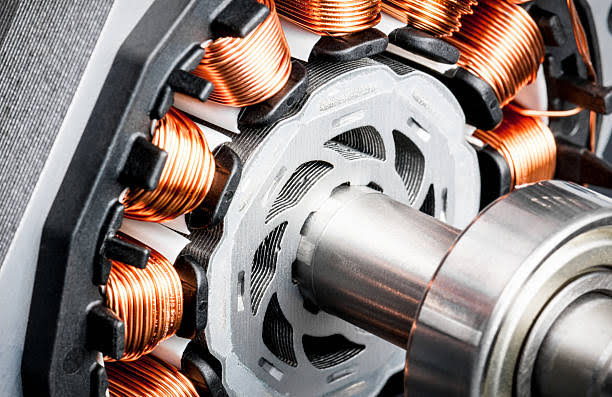EE-124 BASIC ELECTRICITY & ELECTRONICS
CREDIT HOURS
Theory = 2
Practical = 1
COURSE LEARNING OUTCOMES (CLOs)
| S. No. | CLOs | Taxonomy |
| 1 | Ability to identify appropriate approach for electrical circuit analysis | Coginitive Level 3* |
| 2 | Identify, analyze and solve narrowly defined engineering technology problems | Coginitive Level 4* |
| 3 | Investigate characteristics of current and voltage with changing polarities and circuits | Psychomotor Level 3* |
COURSE CONTENT
- Fundamentals of Electric Circuits: Charge, Current, Voltage and Power, Voltage and Current Sources. Ohm’s Law
- Voltage and Current Laws: Nodes, Paths, loops and Branches, Kirchhoff's Current law, Kirchhoff's Voltage Laws, the single loop.
- Circuits: the single node-pair circuits, series and parallel connected. Independent sources, resistors in series and parallel, voltage and current division.
- Basic Nodal and Mesh Analysis: Multi-Nodal Analysis, the super node, Mesh Analysis, the super mesh.
- Circuit Analysis Techniques: linearity and Superposition, Source Transformations, The venin and Norton Equivalent Circuits, Maximum Power Transfer, Delta-Wye Conversion
- Capacitors and Inductors: Capacitors, Inductor, Inductance and Capacitance Combination
- Basic RL and RC Circuits: The Source-Free RL Circuit, Properties of the Exponential Response, the Source-Free RC Circuits. the Unit-Steps Function and driven RL Circuits. Natural and forced response and driven RL Circuits.
- The RLC Circuit: The Source-Free Parallel Circuit, the over damped parallel RLC Circuits, Critical Damping, the under damped Parallel RLC Circuit. the Source-Free Series RLC Circuit, the complete response of the RLC Circuit. The lossless LC Circuit
RECOMMENDED BOOKS
(01) Fundamentals of Electric Circuits by Charles Alexander
*For details of Taxonomy Levels CLICK HERE!
